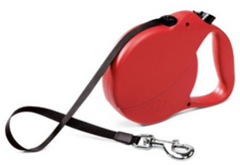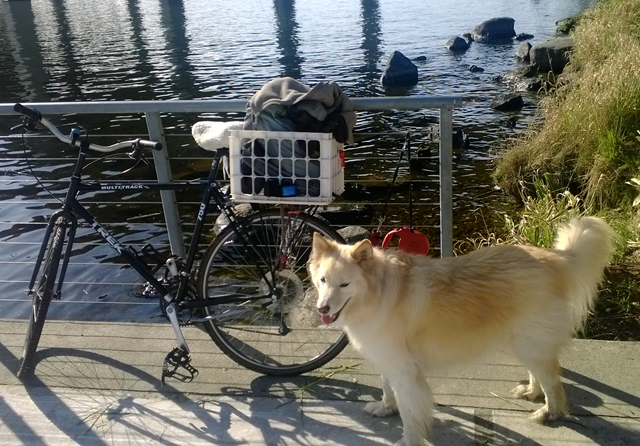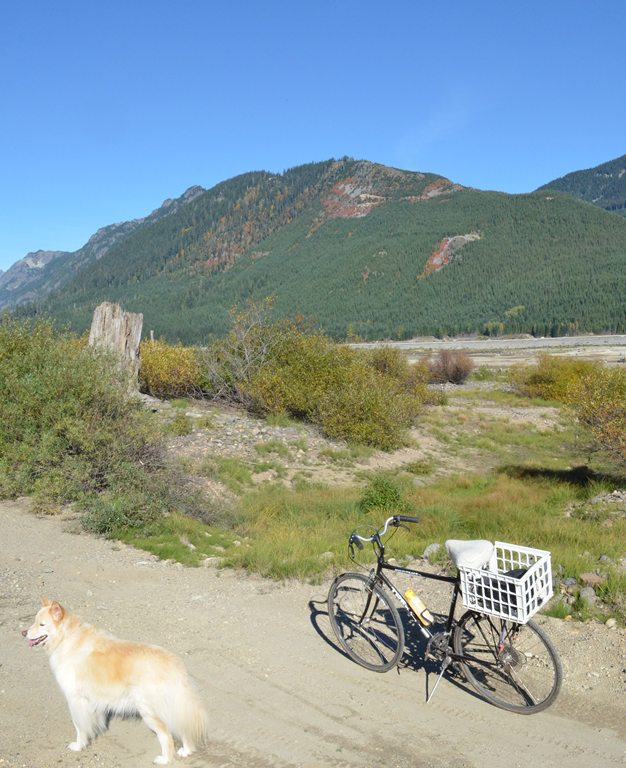I’ve already devoted a couple of posts to Niels Peter Lemche’s survey of modern biblical scholarship, The Old Testament between Theology and History. But there’s more to it worth mentioning, such as its discussion of the prophetic books.
The prophets are literary, not historical, characters
Lemche points out that extra-biblical sources witness to the existence in the ancient world of “prophets” in the sense of people who claimed to foretell the future, but “prophet” in the sense of moralizing gadfly is found only in the Bible.
The prophetic literature in the Old Testament remains unique. With their emphasis on moral disorder and social injustice, the biblical prophets are still more lay preachers than prophets in the proper sense. (3015-16)
He suggests that the image of the preacher-prophet was made up at a late date and then injected into the early history of Israel by the Old Testament’s ultimate editors and authors. Thus both the activity and discourse of the prophets that we find in the Old Testament is largely fictional, each prophetic book having been constructed or substantially elaborated much later than its putative author lived. This is not an uncommon conclusion among biblical scholars.
Today, many scholars are more hesitant when it comes to attributing certain passages to prophets who might have lived several centuries before their books achieved the shape in which they have been handed down to posterity. (3025)
The prophets’ discourses as we have received them in the prophetic books often don’t even address issues relevant during the supposed time of the prophets’ lives.
These basic prophecies were worked over in several phases in such a way that they represented the sentiments and ideas of the time of their reworking rather than their original situation. (3044)
Likewise, the biographical details found in prophetic books may be complete fabrications.
Much of this construction [of the prophet’s life and career] might only be literature, and the handling of Jeremiah’s biography in his book might be compared to the way early Christianity elaborated the traditions about Jesus, resulting in the present construct of his life in the Gospels. (3033)
What is striking about Lemche’s discussion of the prophets for one who has read New Testament scholars such as Brodie is the degree to which the literary handling of the prophets, and the limited degree of historical knowledge we can have about them, parallels the way New Testament authors handled Jesus and the limited degree of historical knowledge we can have about him.
Just as some scholars have come to question Jesus’s existence as a historical character, so too with the prophets. Lemche points out that ultimately we don’t even know if any given prophet existed historically, even in the case of such an important one as Isaiah.
When scholars argue in favor of the existence of a prophet of this name attributable to the eighth century BCE, it is no more than the scholar’s assertion, which has no support in other ancient documents. This does not mean that there never was a prophet of the name of Isaiah; it only tells us that we have no information that proves his existence. (1542-44)
Because of a lack of evidence, it cannot be denied that fragments of prophecies may originate … in the time of the kingdoms of Israel and Judah. Whether such fragments go back to prophets like Isaiah or Hosea is basically a question that cannot be answered. It is probably also a question of no real importance. (3285-87)
Protestant theology distorted modern scholars’ interpretation of the prophets
Lemche explains that modern scholars realized early on the questionable historicity and late origins of the bulk of the prophetic books, but it didn’t suit their theological inclinations. They were predominantly Protestant and wanted to see a division between Protestant-like prophetism and later rules-bound Judaism. So they portrayed the prophets as predating the Law.
In this way the prophets was considered to be “proto-evangelists” and their religion much closer to Christianity than later Judaism. (3141)
Their groundless historicizing of the prophets led to interpreting fictional texts as historical in ways that misrepresented what they were about, and also to inconsistent translations of English versions of the Bible.
According to this line of scholarship, the prophets used the word torah without the connotations that became part of its semantics in Judaism. This is the reason for the many times when, even in the NRSV, torah is translated as “instructions” in texts believed to belong to preexilic prophets, and as “law” in texts considered “Jewish.” (3142-43)
Another thing that struck me from reading Lemche’s book is the degree to which a putative division between “early Israelite religion” and Judaism is a figment of the imagination of historians who are mistakenly attributing an early date to certain texts that in reality are much later. Just as Trobisch argues for the unity of a New Testament that appears to have been published as a literary unit, the Old Testament appears to be composed of texts that were substantially molded at a given time — making them to a great extent a literary unity as well.
In both cases the scriptural authors and editors devoted their efforts to creating narratives and treatises intended to influence people’s behavior. In both cases we see a determination to depart radically from historical reality wherever doing so would better serve the intended function of the text, to the degree that anyone who today interprets a scriptural text as a reliable historical source will be largely misled.




 Posted by Tom Dykstra
Posted by Tom Dykstra 





